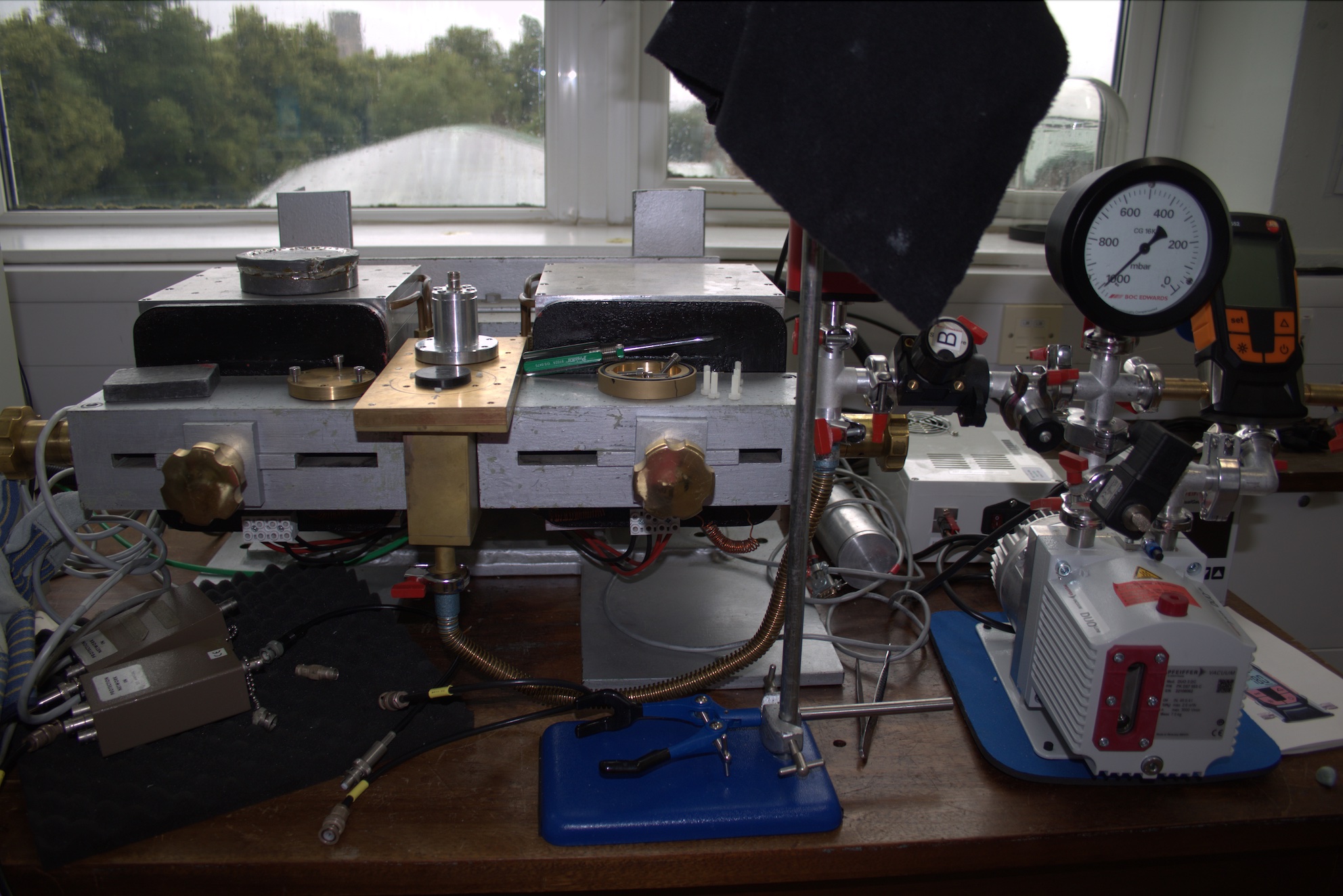High Energy Physics

Overview
In the High Energy Physics laboratory, you will work with instrumentation commonly found in the nuclear industry and in environmental monitoring of radioisotopes. Many of the projects involve an investigation into the spectroscopy of radiation emitted by radioisotopes. You may study sealed radioactive sources, kept within the laboratory, or even radioisotopes generated through neutron capture by stable nuclei.
Some projects may encourage you to develop apparatus for imaging radioactive emission or energy loss. Despite projects having specific goals, you are encouraged to delve further into your investigation and push your experiments in new and interesting directions. An interesting example from two previous students was the use of x-ray fluorescence spectroscopy to investigate the composition of meteorites (both real and fake).
Projects
Although the projects are updated regularly, examples of previous projects have included:
- Alpha Particle Spectroscopy.
- Beat Spectroscopy.
- High Resolution Gamma-Ray Spectroscopy.
- Gamma-Ray Imaging.
- X-Ray Absorption and Fluorescence.
- Neutron Activation.
- Muon Physics.
Current students can find more information on Learn Ultra.


/prod01/prodbucket01/media/durham-university/departments-/physics/teaching-labs/VT2A9034-1998X733.jpeg)